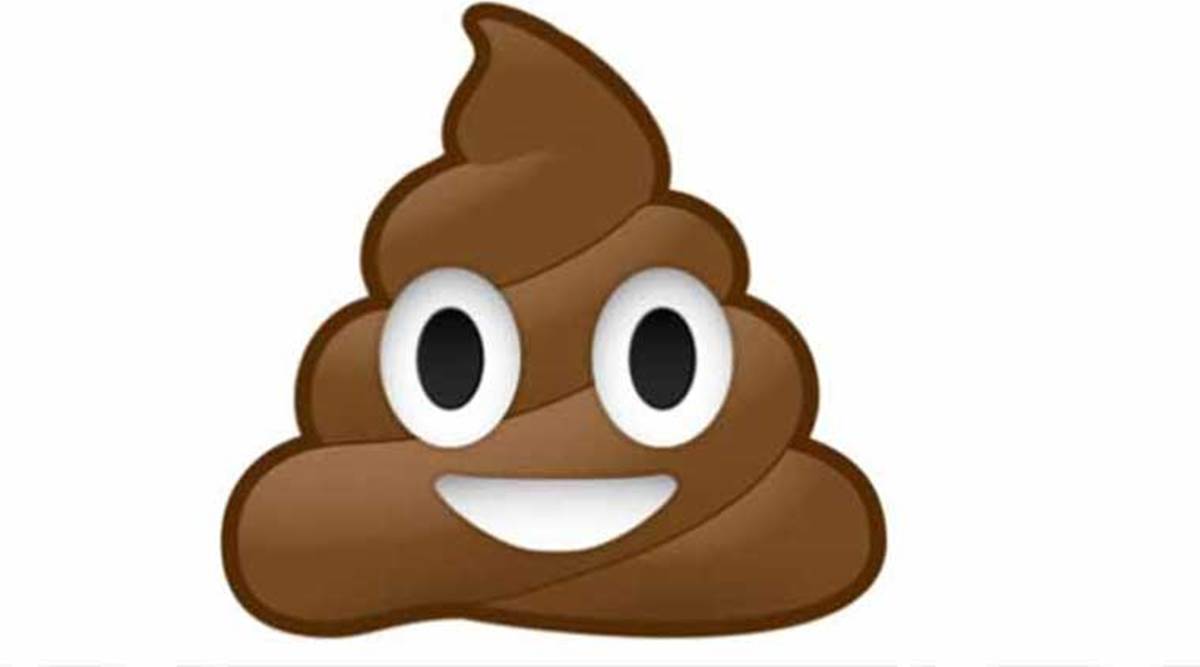Poop colour can be a good indicator of a baby's health. If your baby is feeding and sleeping well and gaining weight there is no need to panic.

Dr Santosh Kumar
During the first few days, weeks, and months of life, an infant’s poop changes colour and consistency, and a wide variety of colours is common. The key causes of changes in stool colour in infants are age, diet, and health. The colour of a baby’s stools may be affected by both breastfeeding and formula feeding. Poop that is red or white may suggest a health issue. A wide variety of colours is to be expected otherwise. Anyone who thinks a baby is suffering from diarrhoea or constipation should consult a doctor.
Colours of poop and their causes
The colour of a baby’s stool can change due to a variety of factors. The following are some common colours and their causes:
The colour black
Black is a good colour for stool in newborns younger than one year. After this period of time has passed, it can suggest a health condition. A baby passes meconium within the first 24 hours of life. This is a substantial black stool. Cells, amniotic fluid, bile, and mucus swallowed while in the womb make up this substance. Meconium is normally odourless since it is sterile. An infant will transfer meconium for the first few days of his or her life. From black to dark green, then yellow, the colour should gradually change. Stool can no longer be black after one week of life. Seek medical help if the black colour continues. It may indicate that there is some gastrointestinal bleeding.
The colour yellow
This is a typical colour for a breastfed baby’s diarrhoea. Their faeces are typically a dark yellow colour. It can contain tiny flecks. These flecks are made up of breastmilk and are completely harmless. Breastfed babies’ poop is often characterised as ‘seedy’. The so-called seeds look like cottage cheese curds but are yellow.
Brown or orange is a colour
This is a common colour for a formula-fed baby’s diarrhoea. When a baby drinks milk, his or her poop is light brown or orange in colour. It might be a little darker and firmer than a breastfed baby’s stool.
Green poop is a common phenomenon in infants. The following are some potential causes:
Probably a cold or stomach bug, a food allergy or aversion to antibiotics, either in the baby or the breastfeeding mother’s treatment for jaundice and poor digestion, typically because the baby has consumed more than normal green foods in the breastfeeding mother’s diet. The poop of certain babies is normally slightly green. Green poop isn’t really a cause for alarm if the baby is gaining weight and looks happy.
The colour red
This is not a good colour and definitely not a healthy sign. Since there is blood in faeces, it is usually the red parent who must seek medical attention if necessary. It’s possible the baby has a health condition or has swallowed a small amount of blood. If a breastfeeding mother’s nipples are broken or bleeding, this can happen. Bleeding from the baby’s bottom is another source of red poop.
The colour white
This is not a good colour for faeces. White poop is rare and can signify a liver problem. Jaundice, for example, is common in newborns, affecting up to 80 per cent of them during the first few days of their lives. Within the first two weeks, it normally goes away. Check the colour of your baby’s poop if you suspect your baby still has jaundice after 14 days. Poop that is pale or white may indicate liver disease. Yellow pee is another warning to keep an eye out for.
When do you see a doctor?
The colour of a baby’s poop sometimes changes as he or she grows. For example, when an infant begins to eat solid foods, the colour of their poop can change. Changes in colour can also be caused by undigested food in the stool. Colours that are odd, such as orange, do not signify a health condition. The colour of the stool can change for a short time before returning to its original shade.
The doctor can measure the baby’s bilirubin levels if they have white or pale stool. Bilirubin is a substance that aids in the elimination of waste from the body. There are two forms of bilirubin, and having too much of one can be harmful to your health. The exceptions are white, red, and black, which may all signify a health issue. In addition, if there is a lot of mucus present or if it occurs in stool on a regular basis, this may indicate an infection.
If you have any questions about an infant’s welfare, see a doctor. Poop colour can be a good indicator of a baby’s health. If your baby is feeding and sleeping well and gaining weight there is no need to panic.
(The writer is a consultant paediatrician and neonatologist at Motherhood Hospitals, Banashankari, Bengaluru)
Source: Read Full Article